The Space Environment Of Barnard’s Star b – Is It A Place For Life To Evolve?
Eddie Gonzales Jr. – MessageToEagle.com – The planet around Barnard’s Star, Barnard’s Star-b (“BSb”) is the closest exoplanet to us, if we include only single stars like the Sun.
Barnard’s Star b orbits Barnard’s Star in the constellation of Ophiuchus, only six light years away from Earth. Its official discovery was on 14 November, 2018.
The planet Promixa Centauri-b is closer, but Proxima Cen is part of a triple-star system with Alpha and Beta Centauri, and understanding the evolutionary development of the planet is more complicated.
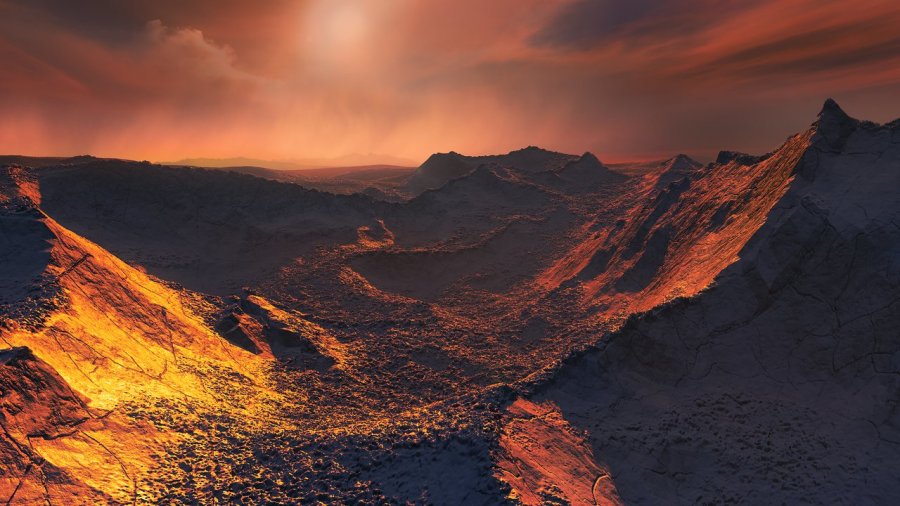 Artist’s impression of the surface of a super-Earth orbiting Barnard’s Star. (ESO/M. Kornmesser)
Artist’s impression of the surface of a super-Earth orbiting Barnard’s Star. (ESO/M. Kornmesser)
BSb orbits at a distance similar to that of Mercury around the Sun, but Barnard’s Star is a cool M-dwarf star and so despite the planet being close to the star it probably resides near the snow line – the distance where stellar irradiation is weak enough to allow volatile elements to condense onto the planet’s surface.
This makes BSb an especially interesting planet and possibly a keystone for future progress understanding planet formation and atmospheric evolution.
Extreme stellar activity and winds, especially in M dwarf stars, play an important role in the development of a planet and its atmosphere. These kinds of activity are linked to a star’s magnetic activity, but unfortunately models are still unable to predict how atmospheric initial conditions evolve under intense radiation environments. Nevertheless, progress has been made using simple models. In the case of Proxima Centauri b, scientists have found that it is probably subject to wind pressures ten thousand times larger than occur at the Earth.
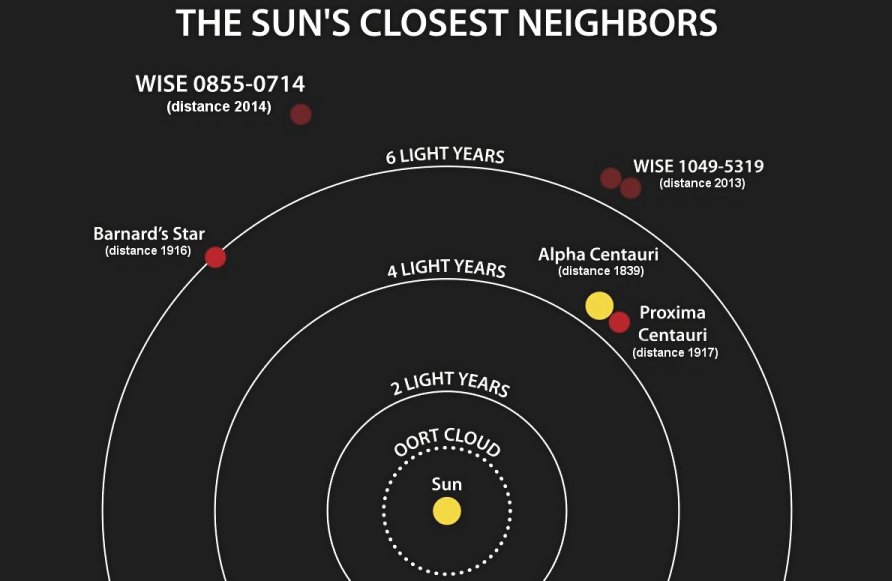 A diagram of the star systems closest to the sun (the year when the distance was determined is in parenthesis.) Astronomers have concluded that the planet orbiting Barnard’s Star might have an atmosphere despite the star’s being an M-dwarf, a star that typically produces strong winds and adverse space weather. NASA/Penn State University
A diagram of the star systems closest to the sun (the year when the distance was determined is in parenthesis.) Astronomers have concluded that the planet orbiting Barnard’s Star might have an atmosphere despite the star’s being an M-dwarf, a star that typically produces strong winds and adverse space weather. NASA/Penn State University
Might stellar wind effects also be disrupting any atmosphere on Barnard’s Star b?
CfA astronomers Julian Alvarado-Gomez, Cecilia Garraffo, Jeremy Drake, and Sofia Moschou and their colleagues conclude otherwise. The scientists note that BSb is much farther away from its star than is Promixa Cen b, well outside of the domain of the star’s corona. Moreover, an analysis of Barnard Star’s rotation and other properties implies that it is much older, between about seven and ten billion years, and any magnetic field processes should be considerably smaller.
The astronomers conclude that although today the planet Barnard’s Star b may have a relatively mild space climate (comparable, nevertheless, to bad space weather conditions for Earth), in its early years it probably did undergo significant disruption.
Today, however, BSb might retain an atmosphere that could studied.
Written by Eddie Gonzales Jr. – MessageToEagle.com Staff Writer
Related Posts
-
 Planet X: Four Candidates For Planet X Located And Examined
No Comments | Apr 1, 2017
Planet X: Four Candidates For Planet X Located And Examined
No Comments | Apr 1, 2017 -
 Earth Is Traveling Through A Radioactive Dust Cloud That Is A Remnant Of A Supernova Explosion
No Comments | Aug 25, 2020
Earth Is Traveling Through A Radioactive Dust Cloud That Is A Remnant Of A Supernova Explosion
No Comments | Aug 25, 2020 -
 Surprising Link Between Tilting Exoplanets And Their Orbit In Space
No Comments | Mar 5, 2019
Surprising Link Between Tilting Exoplanets And Their Orbit In Space
No Comments | Mar 5, 2019 -
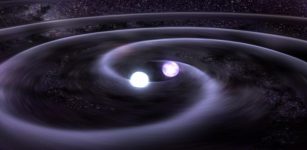 Neutron-Star Merger Puzzle: Afterglow Continues To Brighten
No Comments | Jan 21, 2018
Neutron-Star Merger Puzzle: Afterglow Continues To Brighten
No Comments | Jan 21, 2018 -
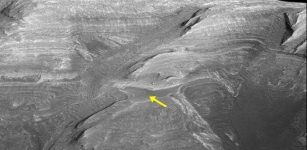 Enigmatic Rock Layer In Mars’ Gale Crater Awaits Measurements By The Curiosity Rover
No Comments | May 2, 2022
Enigmatic Rock Layer In Mars’ Gale Crater Awaits Measurements By The Curiosity Rover
No Comments | May 2, 2022 -
![Composite X-ray and radio image of Hoinga (see also Fig.2 and Fig.3). The X-rays discovered by eROSITA are emitted by… [more] © eROSITA/MPE (X-ray), CHIPASS / SPASS / N. Hurley-Walker, ICRAR-Curtin (Radio)](https://www.messagetoeagle.com/wp-content/uploads/2021/03/hoingaremnants12-307x150.jpg) Hoinga Supernova Remnant Identified By eROSITA X-ray Telescope
No Comments | Mar 27, 2021
Hoinga Supernova Remnant Identified By eROSITA X-ray Telescope
No Comments | Mar 27, 2021 -
 Data Collected By NASA’s Juno Shows That Jupiter’s Jet-Streams Are Unearthly
No Comments | Mar 10, 2018
Data Collected By NASA’s Juno Shows That Jupiter’s Jet-Streams Are Unearthly
No Comments | Mar 10, 2018 -
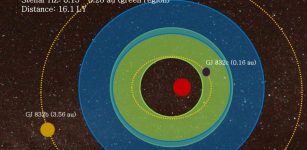 Earth-Like Planet Is Lurking In Star System Only 16 Light Years Away – Astrophysicists Predict
No Comments | Aug 18, 2017
Earth-Like Planet Is Lurking In Star System Only 16 Light Years Away – Astrophysicists Predict
No Comments | Aug 18, 2017 -
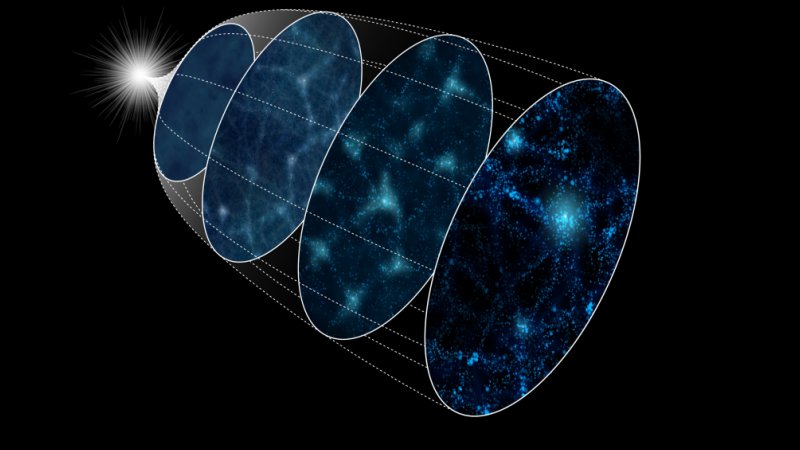 Supercomputer Turns Back Cosmic Clock – Reconstructing The State Of Early Universe
No Comments | Feb 22, 2021
Supercomputer Turns Back Cosmic Clock – Reconstructing The State Of Early Universe
No Comments | Feb 22, 2021 -
 Dark Matter May Have Existed Long Before Big-Bang Epoch – Study Suggests
No Comments | Aug 13, 2019
Dark Matter May Have Existed Long Before Big-Bang Epoch – Study Suggests
No Comments | Aug 13, 2019
